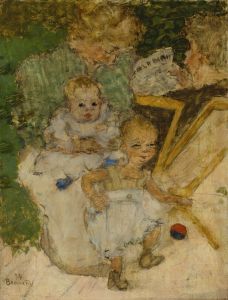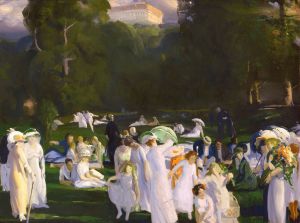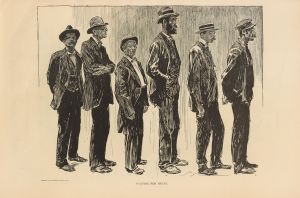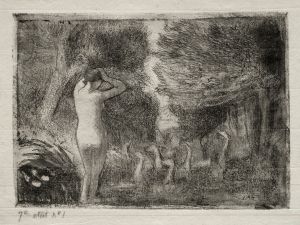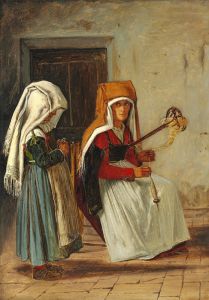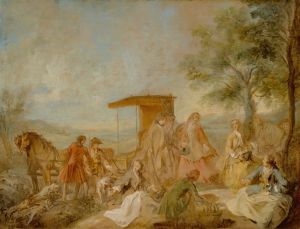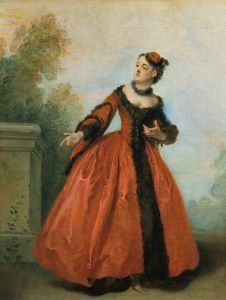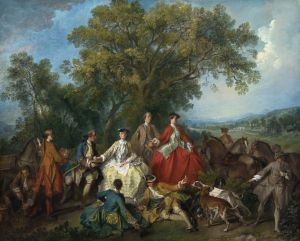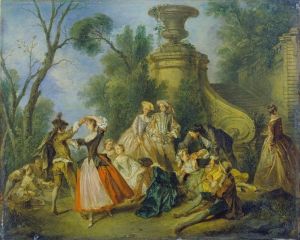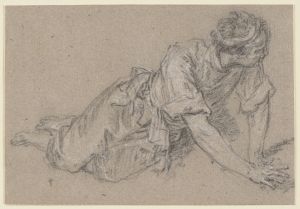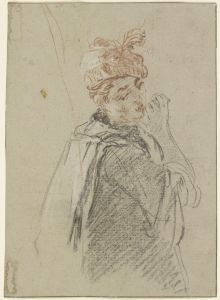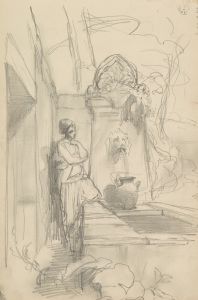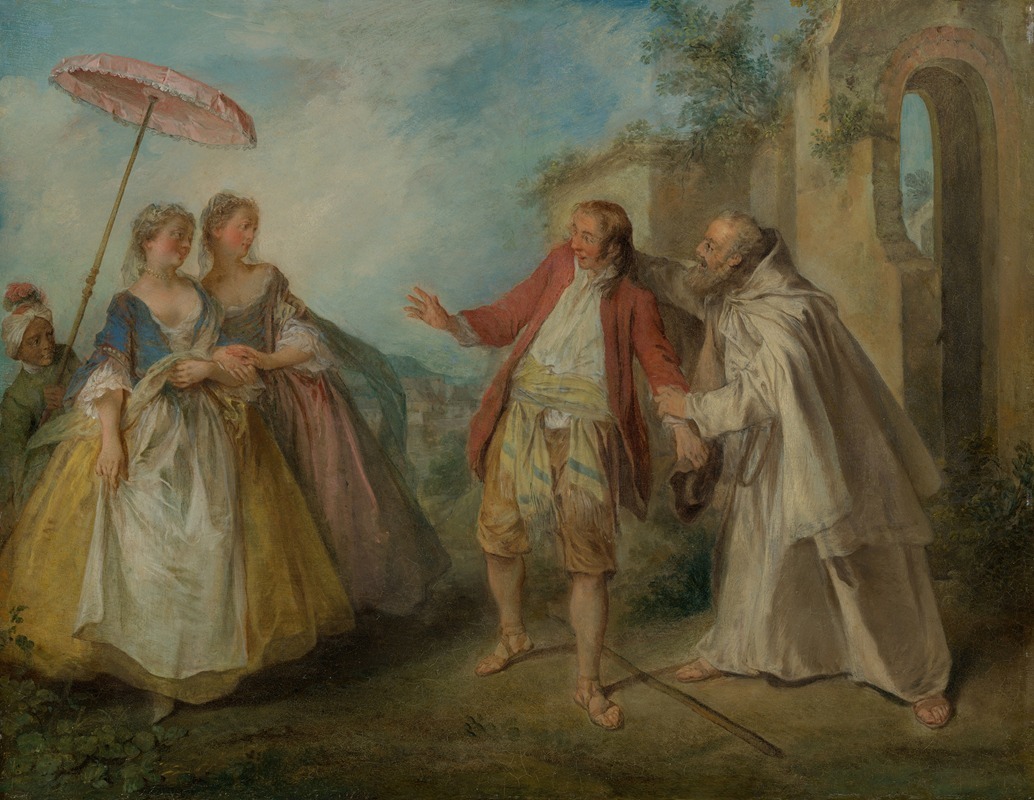
Brother Philippe’s Geese
A hand-painted replica of Nicolas Lancret’s masterpiece Brother Philippe’s Geese, meticulously crafted by professional artists to capture the true essence of the original. Each piece is created with museum-quality canvas and rare mineral pigments, carefully painted by experienced artists with delicate brushstrokes and rich, layered colors to perfectly recreate the texture of the original artwork. Unlike machine-printed reproductions, this hand-painted version brings the painting to life, infused with the artist’s emotions and skill in every stroke. Whether for personal collection or home decoration, it instantly elevates the artistic atmosphere of any space.
Nicolas Lancret was a prominent French painter of the Rococo period, known for his genre scenes that often depicted lively and elegant social gatherings. One of his notable works is "Brother Philippe’s Geese," a painting that exemplifies his skill in capturing the nuances of human interaction and the charm of everyday life during the 18th century.
"Brother Philippe’s Geese" is a fine representation of Lancret's ability to blend narrative with a keen observation of social customs. The painting portrays a scene that is both humorous and insightful, focusing on the interactions between the characters and the geese, which are central to the composition. Lancret's work is characterized by its light-heartedness and attention to detail, and this painting is no exception.
The setting of "Brother Philippe’s Geese" is typical of Lancret's work, often featuring outdoor scenes that allow for a play of natural light and shadow. The composition is balanced and dynamic, drawing the viewer's eye across the canvas to take in the various elements of the scene. Lancret's use of color is both vibrant and subtle, enhancing the overall mood of the painting and bringing the characters to life.
Lancret was a contemporary of Antoine Watteau, and his work is often compared to Watteau's due to their similar themes and styles. However, Lancret developed his own distinct approach, focusing more on the comedic and anecdotal aspects of his subjects. "Brother Philippe’s Geese" reflects this approach, as it captures a moment of everyday life with a sense of humor and warmth.
The painting is also notable for its depiction of rural life, a theme that was popular during the Rococo period as the French aristocracy romanticized the simplicity and charm of the countryside. Lancret's portrayal of the geese and their interaction with the human figures adds an element of whimsy to the scene, inviting the viewer to consider the relationships between humans and animals.
Nicolas Lancret's work, including "Brother Philippe’s Geese," was highly regarded during his lifetime, earning him a place in the prestigious Académie Royale de Peinture et de Sculpture in 1719. His paintings were sought after by collectors and patrons, and his influence can be seen in the works of later artists who continued to explore similar themes of leisure and social interaction.
Today, Lancret's paintings are appreciated for their historical significance and their ability to capture the spirit of the Rococo era. "Brother Philippe’s Geese" remains an excellent example of his talent and his contribution to the development of genre painting in France. The painting is housed in various collections, where it continues to be studied and admired by art enthusiasts and scholars alike.






